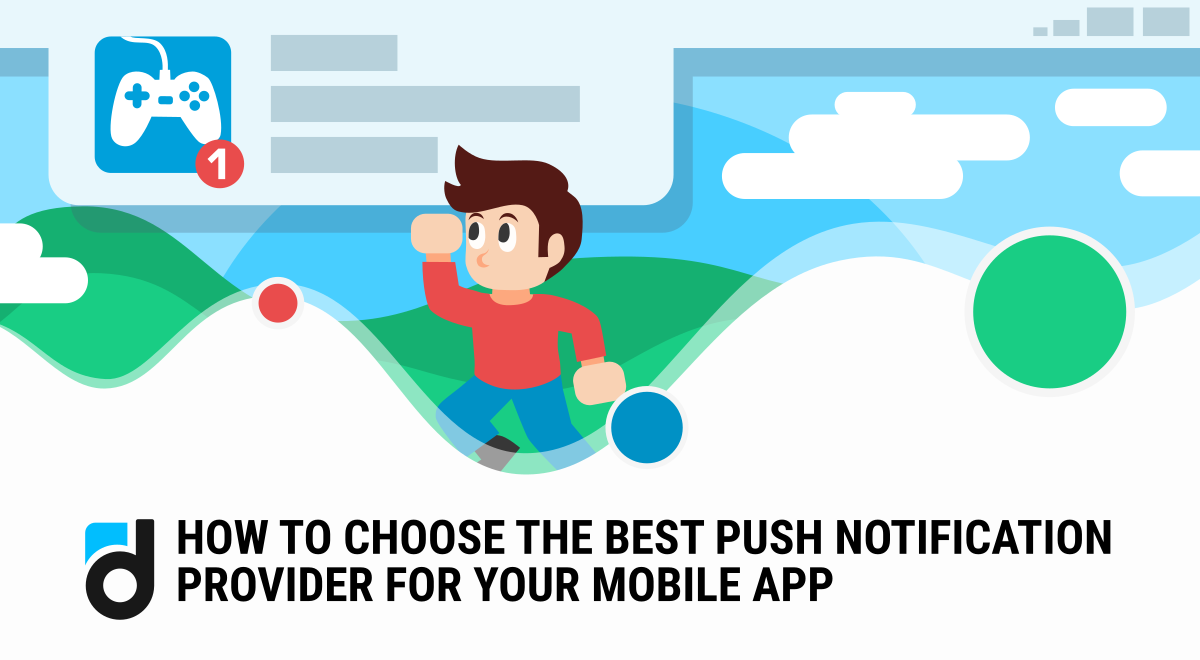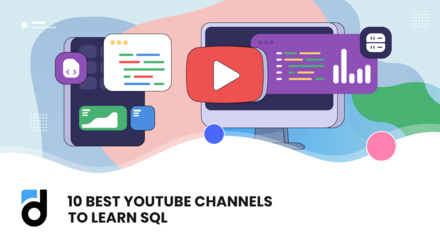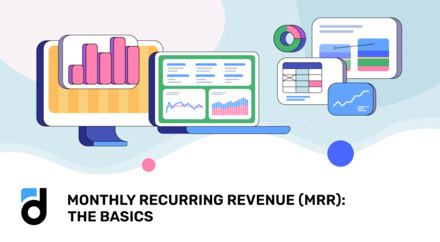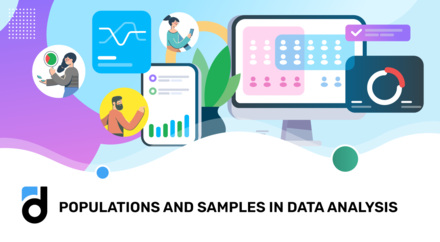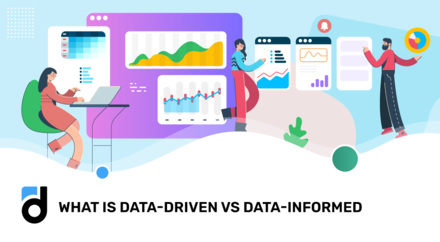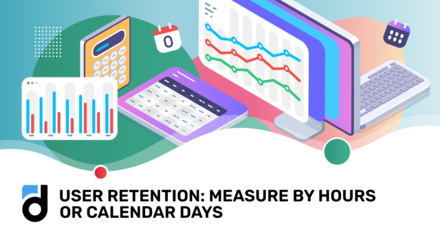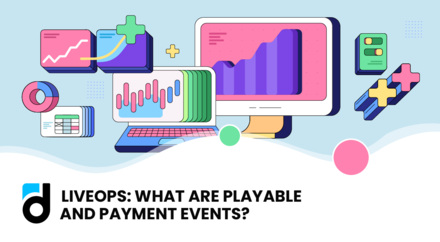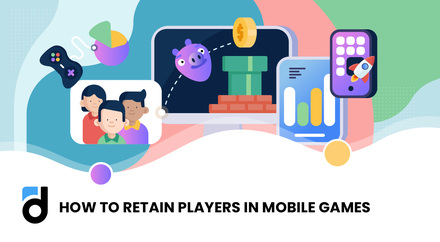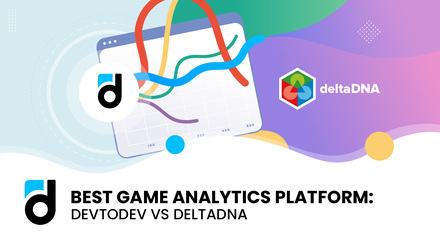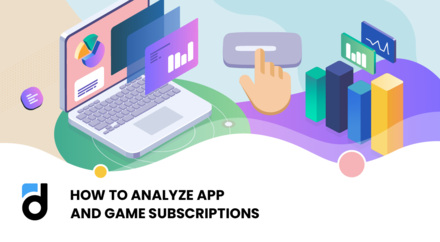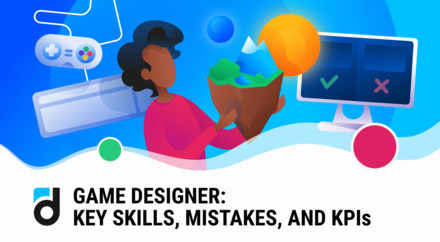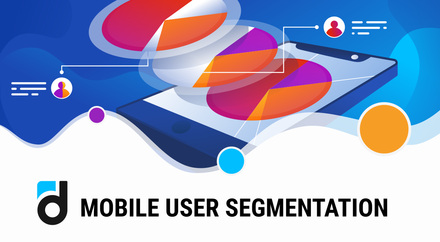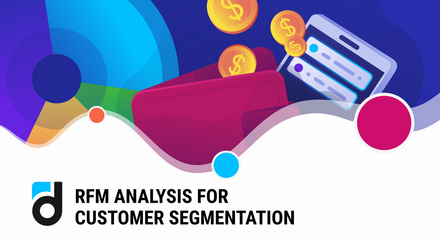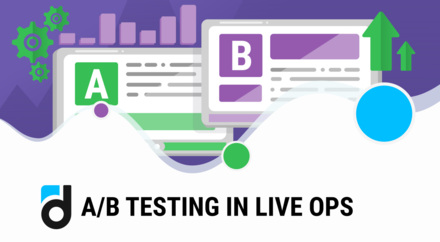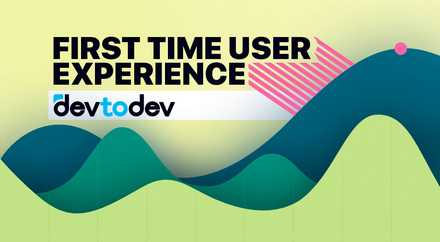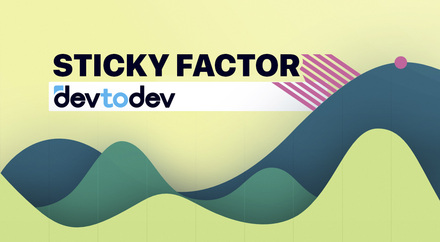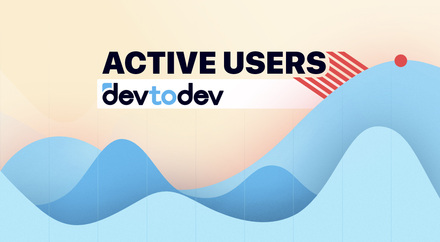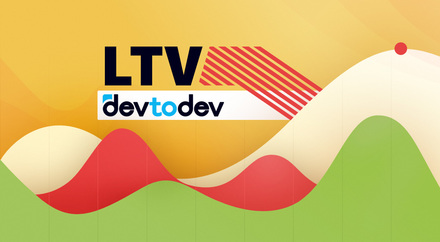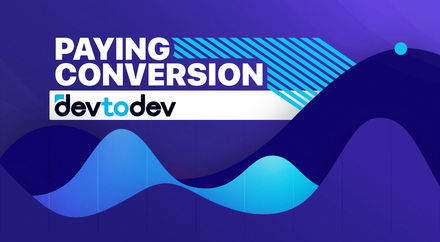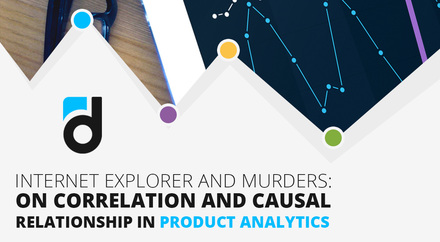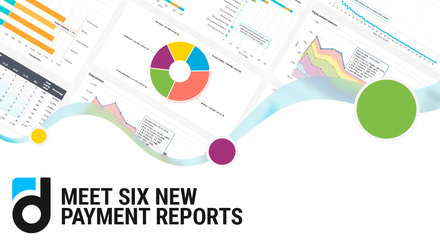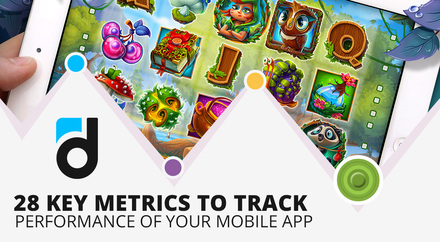Mobile app users are extremely habituated, receiving, and interacting with the push notification messages that they receive throughout the day. Push notification as technology and user interaction feature was introduced by Apple way back in 2008, and since then, we have experienced a wholesome evolution of the feature.
Whether you are working on a social media app project or building a mobile gaming app or just a dating app, you must be requiring the push notification feature for your mobile app. Even if you decide to build a Minimum Viable Product (MVP) version of your app, there are great chances that you will include this feature in this first and stripped-off version.
For incorporating this feature in your mobile app, you have different push notification services in the market. These services vary in the excellence of output, scalability, the scope of customization, price, and privacy elements. This is why it is important to inquire with some parameters and questions and find the right service for incorporating this feature.
Here we are going to explain some of the key parameters for choosing the right push notification service for your app.
Concerns About Price
For a small budget app, the cost consideration for every third-party service remains very important. But when comparing the price tags, also consider their derail offerings and the kind of privacy settings for notifications they provide.
Among the various available plans, you can choose for the monthly, quarterly or annual plans, and your choice of the plan should depend upon the number of notification recipients. The number of recipients for push messages per minute is the crucial parameter for the cost of a plan. Apart from extra functions such as automated messaging and target messaging, also make the key parameters.
Some services also have a pricing model based on the volume of delivered messages. Amazon and IBM are service providers with this pricing model. Apart from this, insist on getting a free trial to evaluate the efficiency of the service and how it works.
Does It Offer Programmatic Flexibility?
As notification messages are increasingly being considered as part of the app user experience and sending notifications in specific user scenarios and contexts is considered more effective, you need to look for programmatic flexibility or automatic context-based notification sending capability of the service into consideration. This also requires considering whether the service is easily integrated with the backend of the app.
To provide a befitting example, we can refer to Google Firebase. If your app is built on Firebase backend architecture, integrating the Google cloud messaging service becomes extremely easy and effortless. You can opt for Amazon Web Services (AWS) or Salesforce or devtodev (for games) and their compatible messaging service equivalents.
Certain services offer higher programmatic flexibility than most others. The SDKs of some messaging notification services such as Channels (in-app notification) or Beam (push notifications) support an extensive choice of programming languages and technologies running across the most web and mobile apps.
Among such services, Urban Airship deserves mention as the service comes with both a marketing dashboard and excellent programmatic flexibility. The only downside of the service is that it is comparatively more expensive than most others in the market.
What About Segmentation And Personalization?
Well, for many apps, segmentation of the push notification messages and personalization of the messages based on the target users remains a key consideration. For these apps, the scope of segmentation and personalization of messages is not just a choice, but a must-have feature.
This is why it is extremely important to evaluate how messages can be sent to different segments by using a service. You should also check for the scope of personalization with the messaging.
Advanced Functionalities with App Push Notifications
These days, push notification messages are more than simple message text. They can incorporate a lot of elements in the message body and in the way messages are sent to the target recipients.
Some of the key and emerging functionalities that advanced push notification services should offer include the following.
- Interactive messaging: Push notifications should allow interacting with the recipients through the use of clickable buttons and links, leading to a different page, feature, or content section.
-
Rich messaging: Rich messages allow you to incorporate visuals, media, graphics, and other variations of content.
-
Automated messaging: Automated messaging allows an app to send messages to the recipients based on the specific user context or scenario as per preset rules.
-
Geotargeting: This allows sending messages based on the specific geographic location of the user to push interaction.
All these value-added push notification messaging features allow your app to target users more flexibly and as per the specific context.
Is the Service Developer-friendly, and does it Provide Good Documentation?
Finally, before choosing a push notification service for your app project, you need to make sure that it is developer-friendly, and it comes with comprehensive documentation.
The service should provide an SDK or API which is friendly for the developers. The SDK or the API should allow simple and easy implementation of the service. The comprehensive documentation, on the other hand, will provide everything to solve all your problems in regard to the implementation of the service.
Conclusion
So, choosing a push notification service for your app project is not that simple. It requires a number of considerations to make the right choice in terms of pricing advantage, features, flexibility, and ease of implementation.
Author Bio:
Juned Ghanchi is CMO with 10 years of experience and currently working at IndianAppDevelopers Company, a top mobile app development company specializing in mobile, web, IoT, Blockchain, and Bigdata services. He likes to share thoughts on new innovative technologies in the mobility industry on various blogs and magazines.
